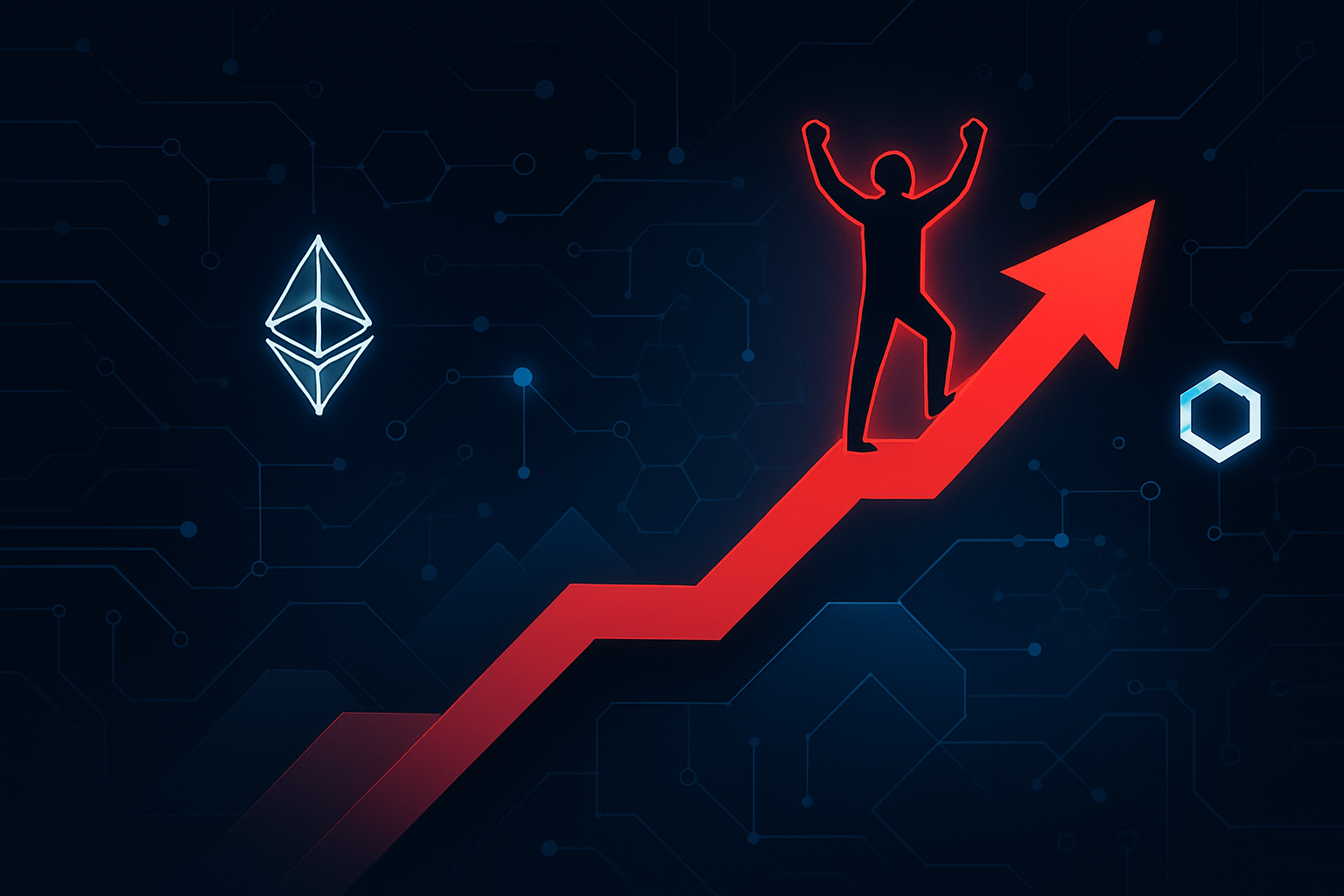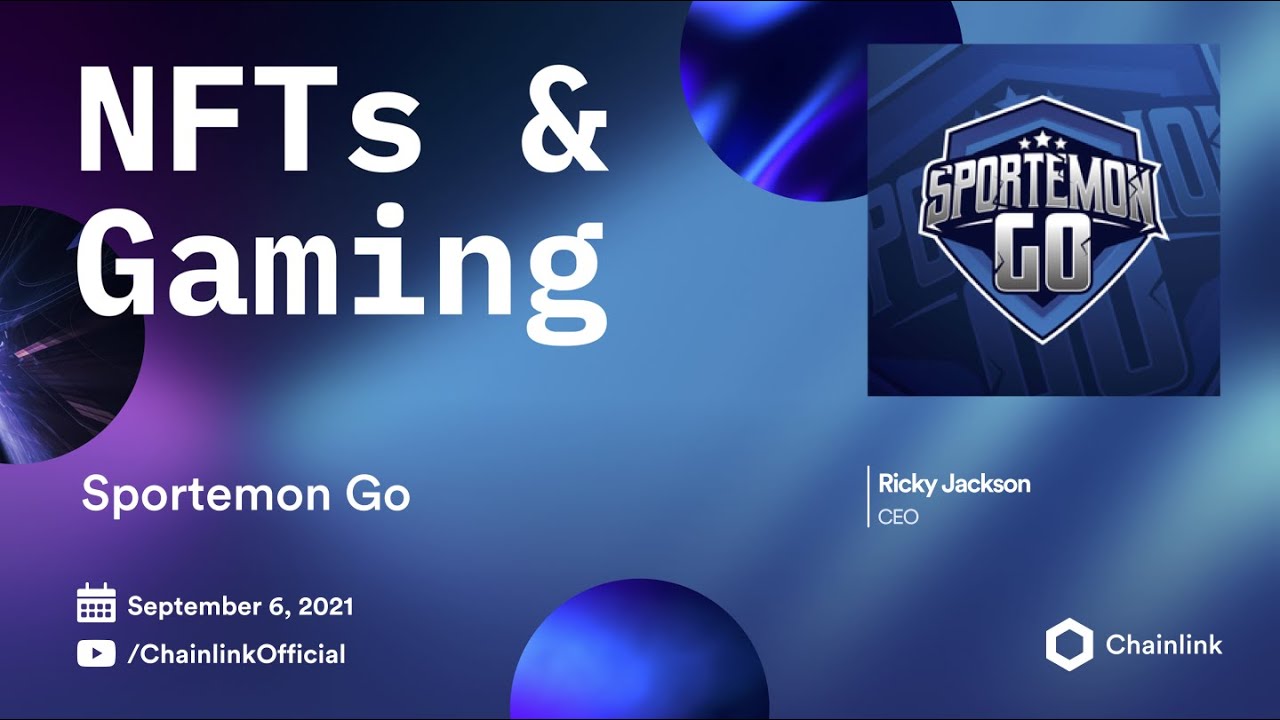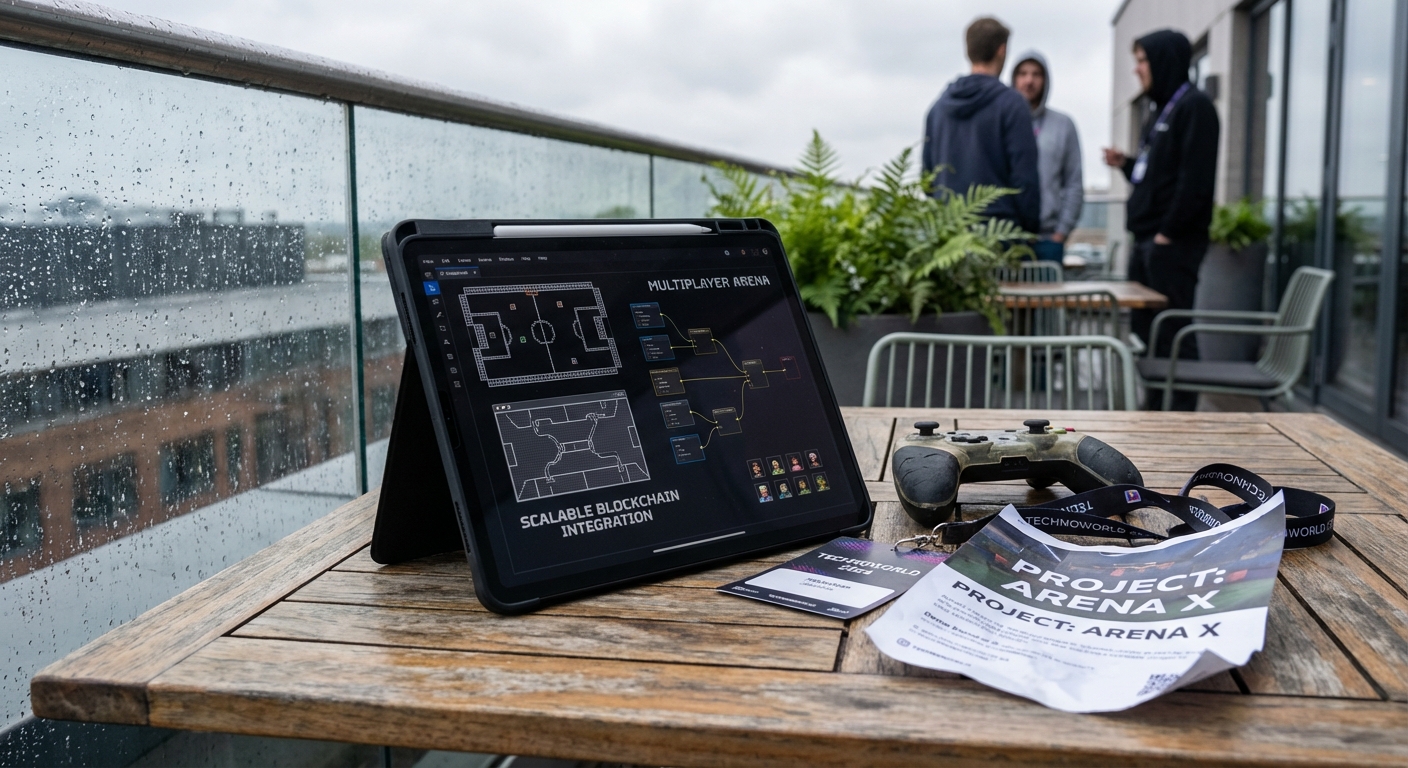Verifiable Fairness in On-Chain Games: Chainlink VRF and Beyond

As on-chain games surge in popularity, one challenge remains paramount: guaranteeing verifiable fairness. In traditional online gaming, randomness can be opaque, leaving players questioning whether outcomes are truly chance-based or subtly manipulated. With blockchain’s transparent and deterministic nature, the problem becomes even more acute. If randomness is not provable and tamper-proof, entire economies built on NFT drops, loot boxes, or competitive gameplay can lose player trust overnight.
Why Verifiable Randomness Matters for On-Chain Games
On-chain games built with frameworks like MUD and Dojo are at the forefront of the Web3 revolution. Here, every move, roll of the dice, or card draw is governed by smart contracts that are open for anyone to audit. This transparency is a double-edged sword: while it ensures rules can’t be changed in secret, it also means any predictable source of randomness can be exploited.
The core challenge? Blockchain environments are inherently deterministic. Every node must reach consensus on every transaction – including random number results. This makes traditional RNG methods (such as block hashes or timestamps) vulnerable to manipulation by miners or validators. Enter Chainlink VRF, a protocol designed specifically to address this gap by providing a source of randomness that is both unpredictable and verifiable directly on-chain.

How Chainlink VRF Ensures Tamper-Proof Fairness
Chainlink VRF (Verifiable Random Function) operates by generating a random value along with a cryptographic proof that can be verified by the smart contract itself before accepting the result. This means developers and players alike can independently confirm that no party – not even Chainlink node operators – could have influenced the outcome.
The process blends unpredictable block data with the oracle’s private key to create both the random number and its proof, ensuring:
- Unpredictability: Results can’t be known ahead of time since they depend on future block data.
- Tamper-Proofing: The cryptographic proof guarantees no one can alter or forge results without detection.
- Uniform Fairness: Each possible outcome has an equal probability – critical for NFT minting, game loot distribution, and tournament draws.
This approach has already been adopted by leading blockchain games like Aavegotchi for NFT trait assignment and Bullieverse for fair Bear NFT distribution (see case study). For developers using MUD or Dojo stacks, integrating Chainlink VRF is increasingly becoming best practice as communities demand higher standards of provable fairness.
The Evolution: From Chainlink VRF v2.5 to Quantum-Grade Alternatives
The market continues to evolve rapidly. As of October 16,2025, Chainlink (LINK) trades at $18.44, reflecting ongoing confidence in its oracle solutions across DeFi and gaming sectors alike. The April 2024 launch of VRF v2.5 brought lower fees and flexible billing options – including payments in LINK or native gas tokens – making it easier than ever for developers to deploy verifiable randomness at scale.
Beyond Chainlink, new contenders are emerging:
- V-ZOR Oracle Relay: Integrates zero-knowledge proofs with quantum-grade randomness for secure cross-chain communication and unbiased reporter selection.
- Quantum-Secure VRFs: Research into post-quantum encryption (like Ring-LWE) aims to future-proof blockchain RNG against quantum computing threats.
- Cartridge-GG/VRF: Offers atomic verifiable randomness tailored specifically for fully on-chain games developed with MUD and Dojo frameworks.
This relentless innovation underscores how vital provable fairness has become not just for player experience but also for the long-term sustainability of decentralized game economies.







